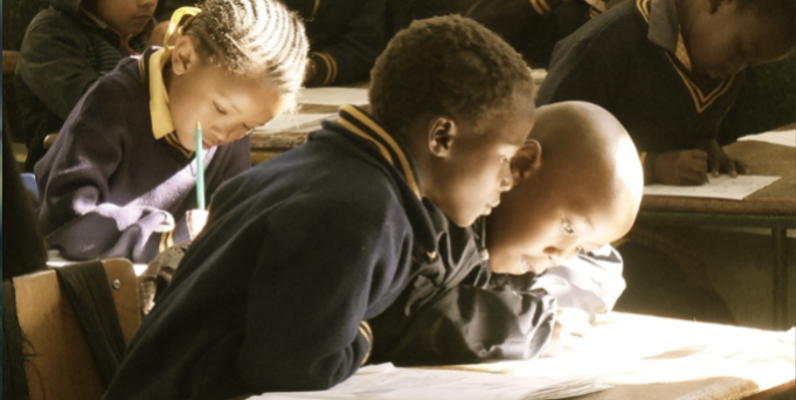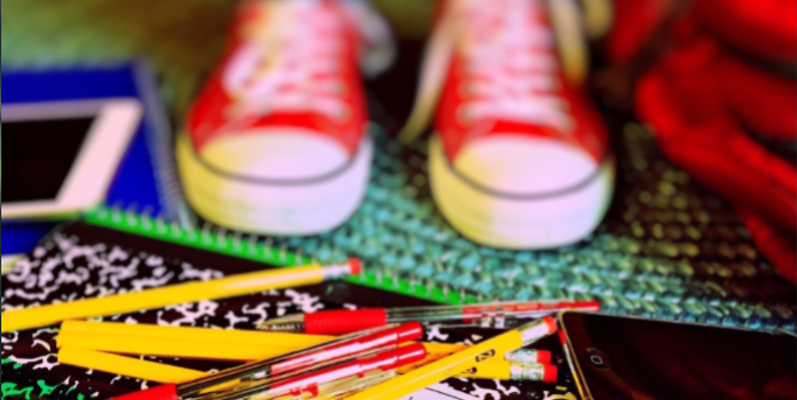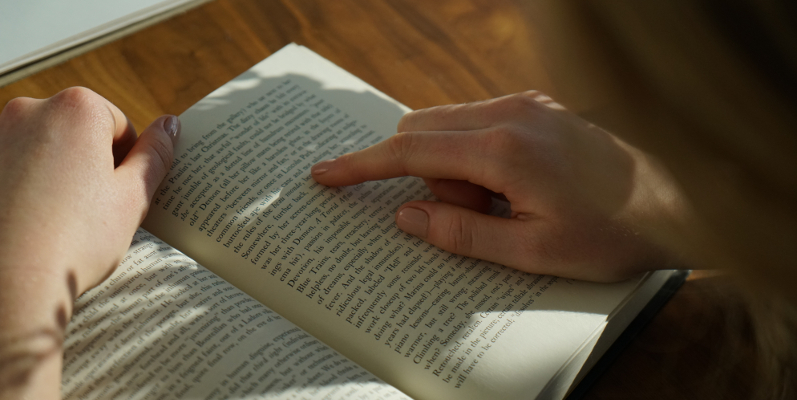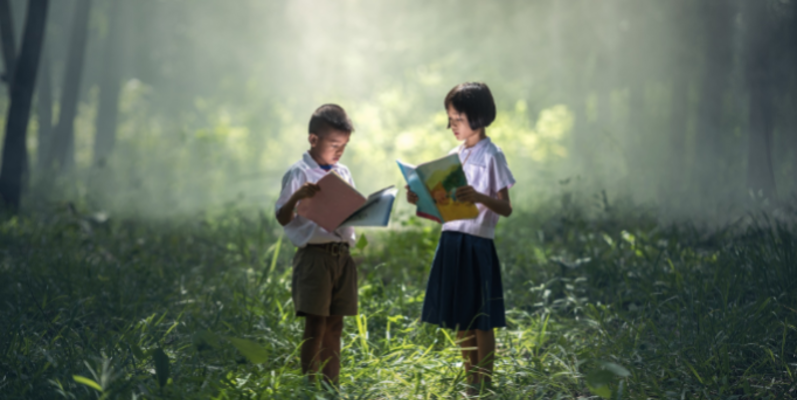“…learned helplessness is the student’s belief that he has no control over his ability to improve as a learner. Because he doesn’t believe he has the capacity, he doesn’t exert any effort when faced with a challenging work assignment or a new skill to develop.” –Zaretta Hammond You’ve seen these kids, haven’t you? …










